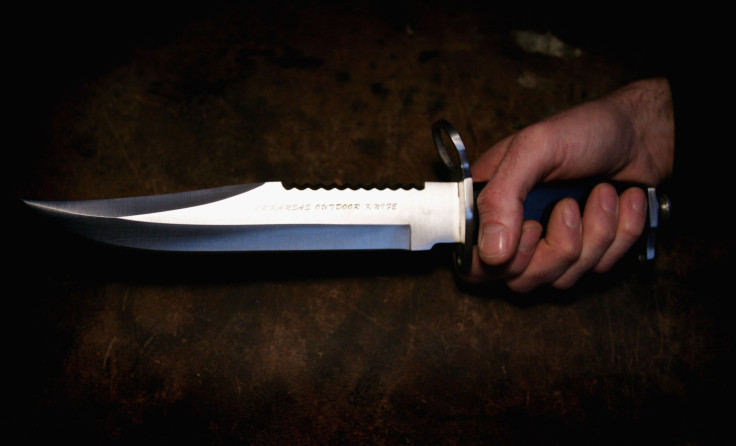14-Year-Old Boy Slashes Schoolgirl's Throat In ‘Random Attack’, Arrested

Police in the Japanese prefecture of Aomori have arrested a 14-year-old boy for slashing a sixth-grade girl's throat Tuesday afternoon in the city of Hachinohe.
The city and prefecture are in the north of Honshu, the main island in Japan. Police have said the boy’s intention was to kill the girl in what was a random attack. The assailant and the young victim did not know each other, according to authorities.
“It didn’t matter who it was,” the boy reportedly told investigators.
Fortunately, the girl survived the attack but will require about three weeks of medical care to recover from a deep wound to her throat. Police claim they seized the weapon used in the attack as well as other knives from the boy’s home.
Investigators are trying to determine the specific motive for the attack, but the bigger question is how this could have happened in the first place. A partial explanation may be found in a June 2004 article published by the Irish Times and written by David McNeill, titled “The Child Killings That Have Shocked Japan”.
In the article McNeill reported on a rash of child killer cases that shocked Japan and other countries in the 1990s and early 2000s:
- An 11-year-old girl killed 12-year old Satomi Mitarai in Okubo Primary School, in the city of Sasebo with a paper cutter over some playground taunts.
- In Japan, a 12-year-old had molested and murdered a four-year-old.
- Also, in Japan, a 14-year-old boy beat a classmate to death.
- The child killings were not isolated to Japan. In 1993, toddler Jamie Bulger was killed by two 10-year-olds in Liverpool, England.
- In 1997, the most notorious case in Japan was when a schoolboy beheaded 11-year-old Jun Hase and stuck a note in the mouth of the corpse, taunting police. The note said: "To all you moronic policemen, let's see you stop me. Murder is my greatest pleasure."
One paragraph from the 2004 article is particularly poignant today:
“But while mums and dads have had to accept some of the blame, others point to a deeper malaise as the cause of the epidemic of teen and now pre-teen violence. The roots of this malaise, they say, lie in the demands of an adult world that may no longer be functioning.
"Japanese kids are victims of a system that worked for parents, but which is now breaking down," says Osamu Mizutani, who has written a best-selling book on Japan's fallen youth. "It's no good just blaming parents. We have to look at the bigger picture."
McNeill’s article also references a book written by John Nathan, titled "Japan Unbound". He writes, "Japan is now paying the price for decades of sacrificing trust and intimacy and personal realization to efficiency and economic growth. Violent juvenile crime is only one extreme aspect of a broader crisis of anger, confusion and loss of self that is currently afflicting Japanese youth."
Perhaps similar issues are at play today with social media, online bullying and more explicit video games added to the mix of possible causes that might drive a young person to commit such a horrible crime.
© Copyright IBTimes 2025. All rights reserved.





















